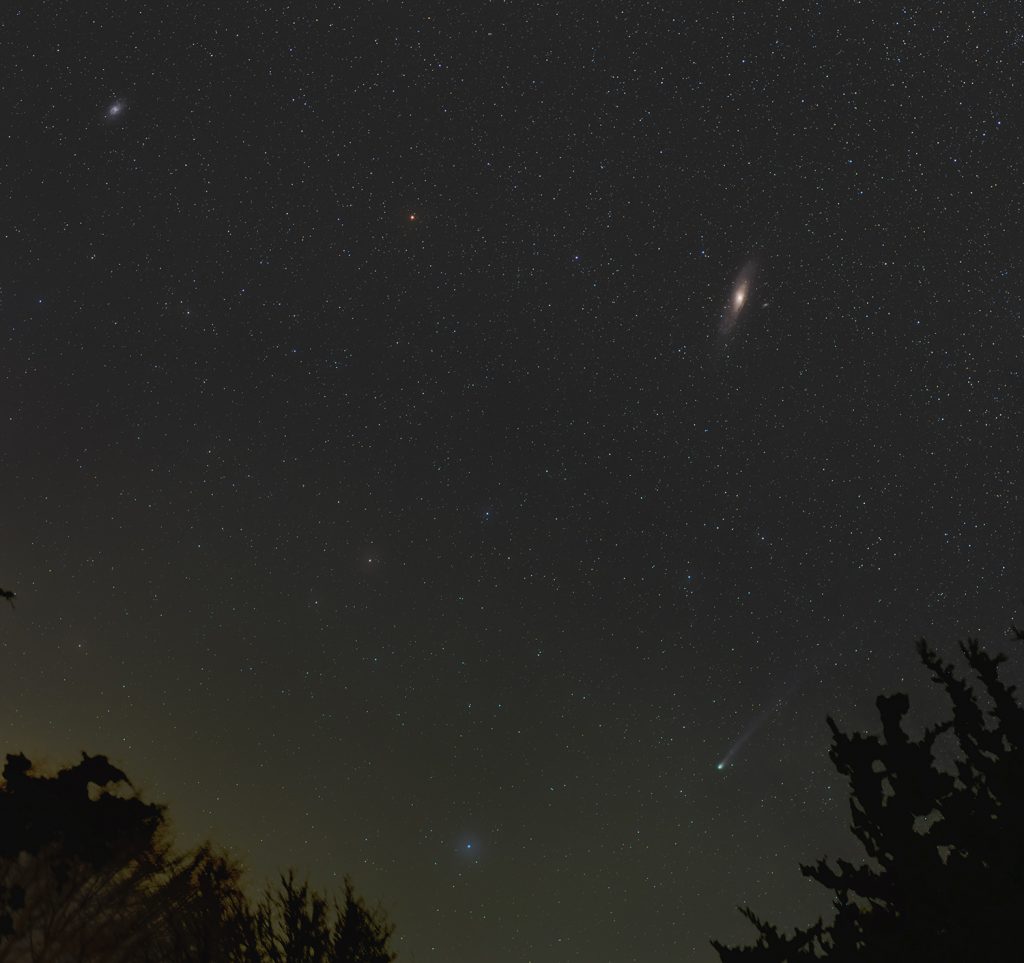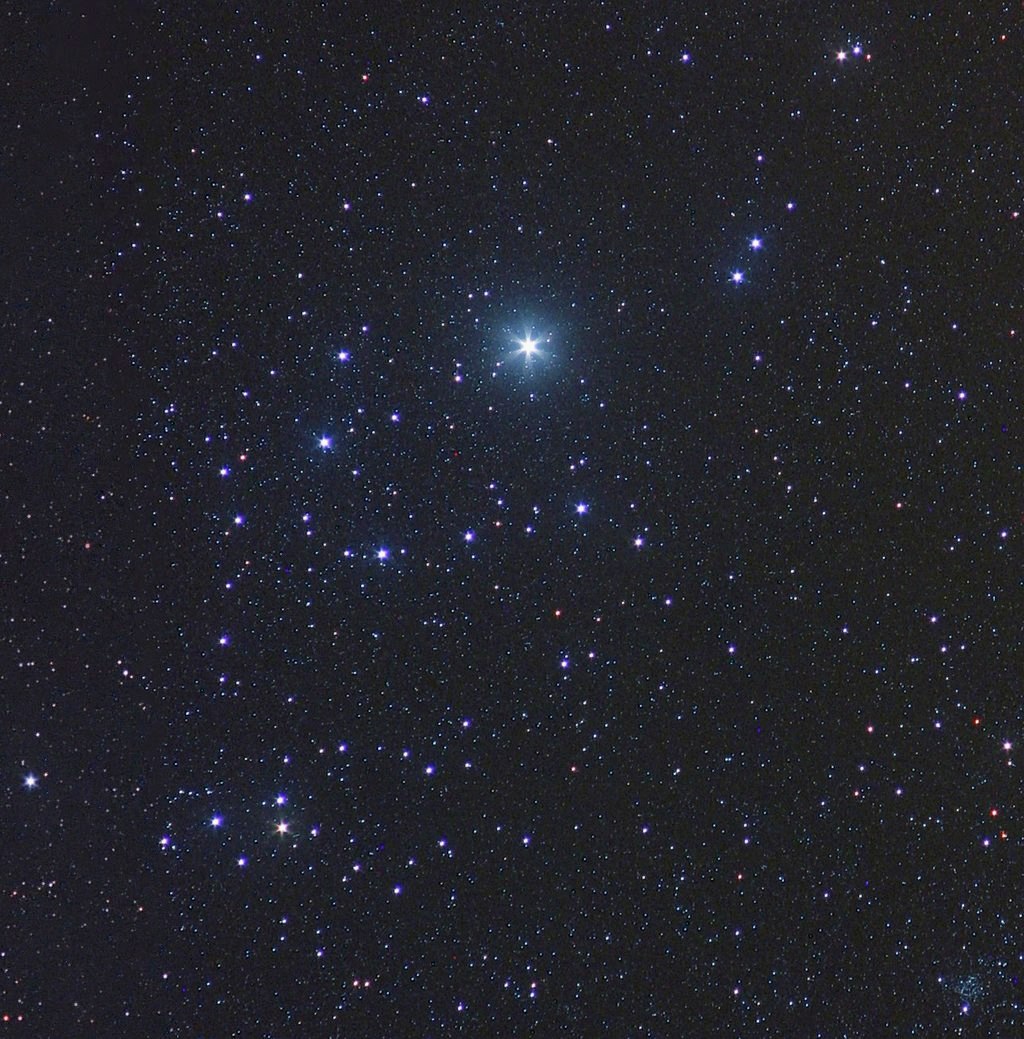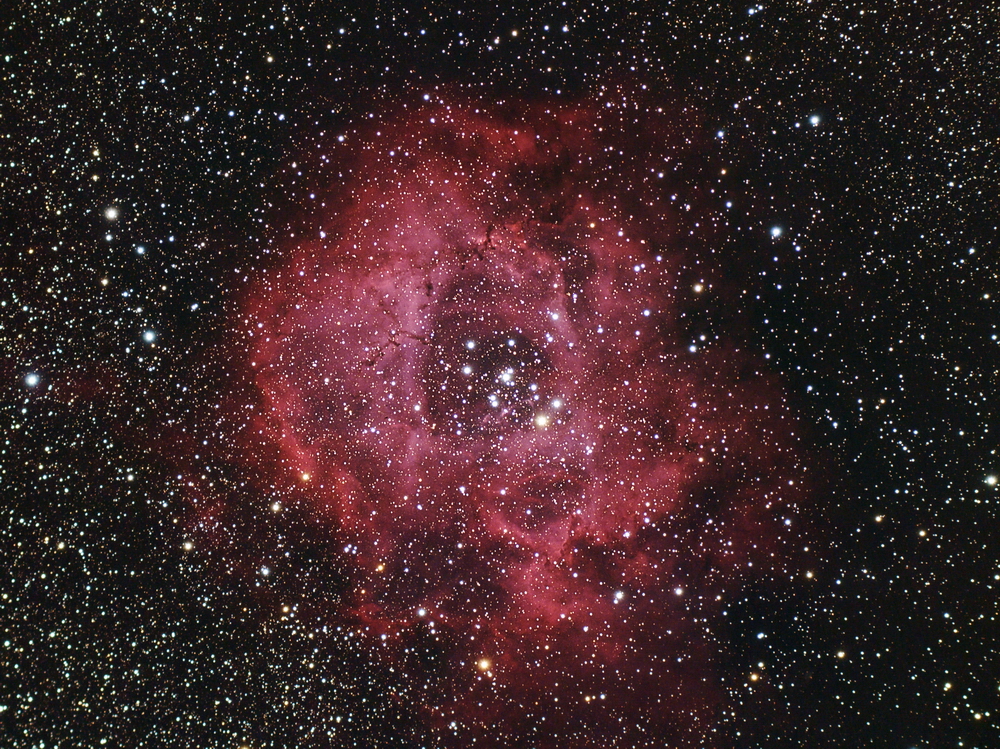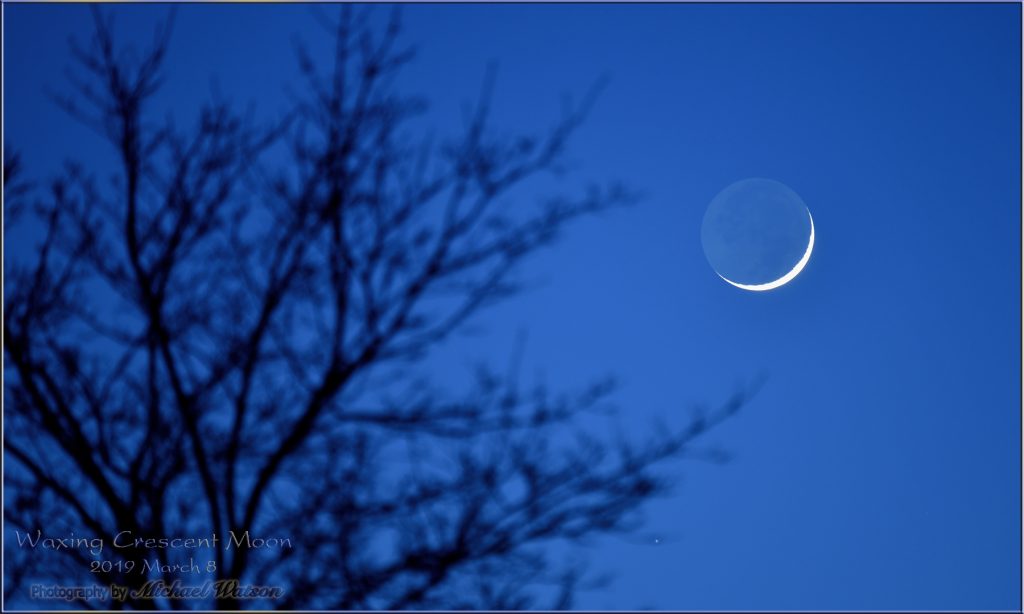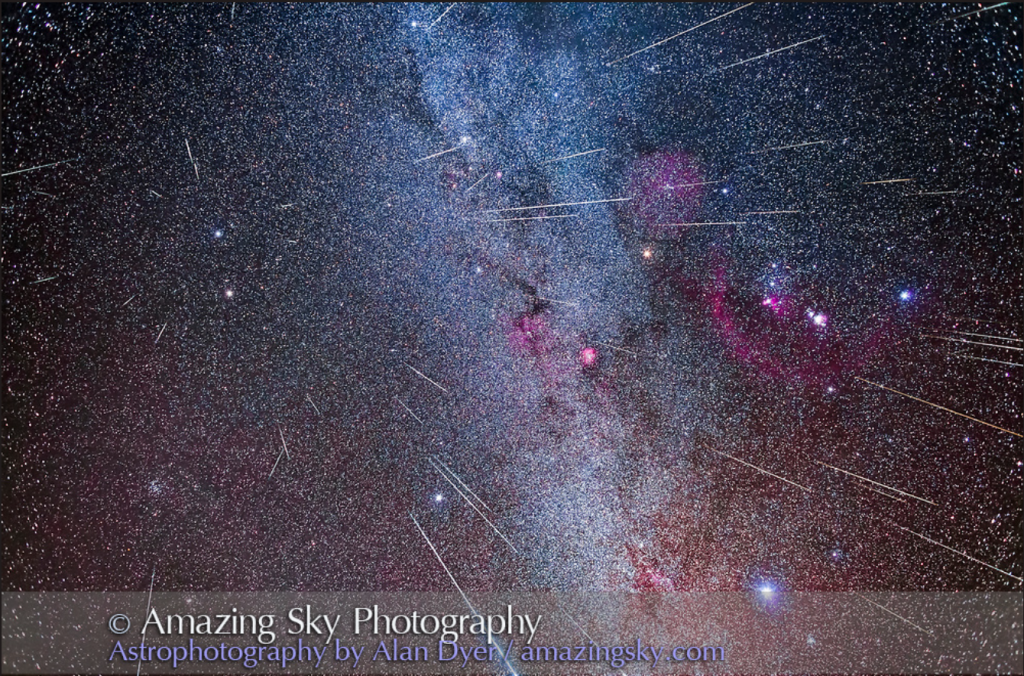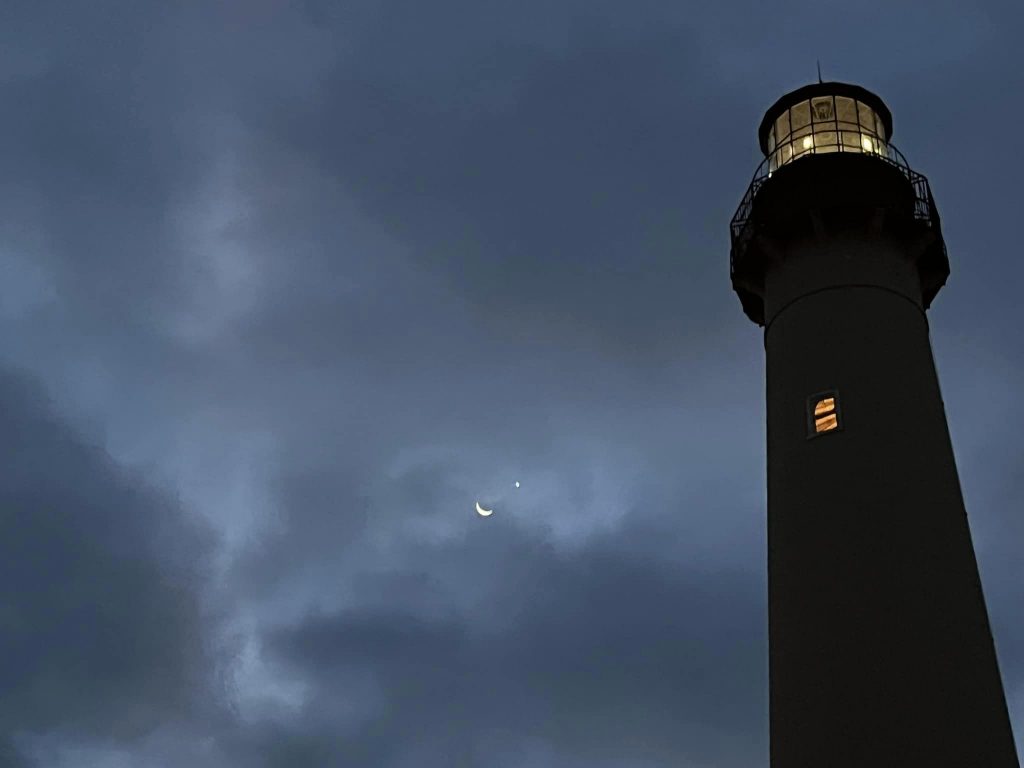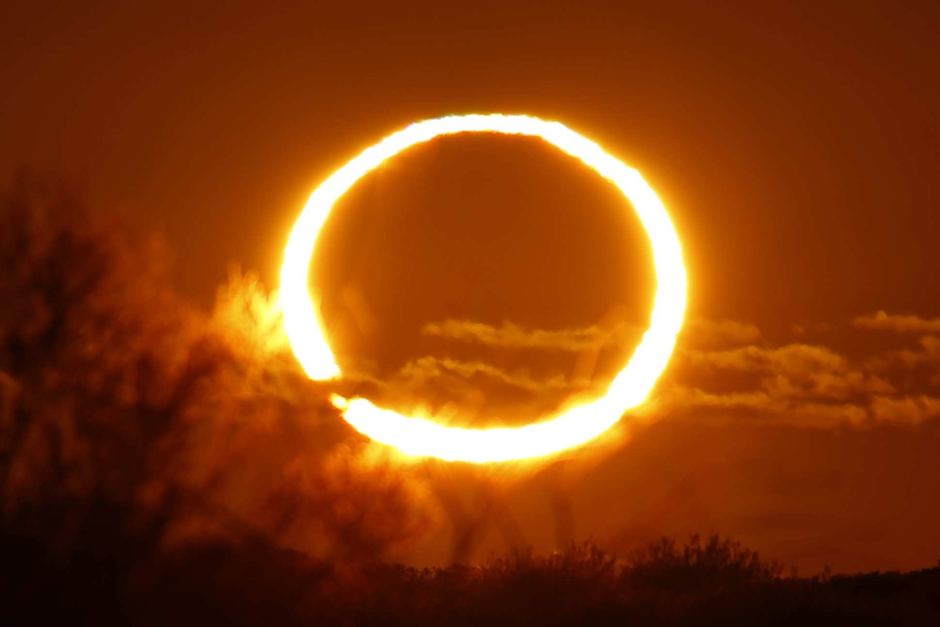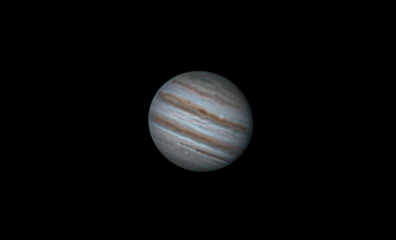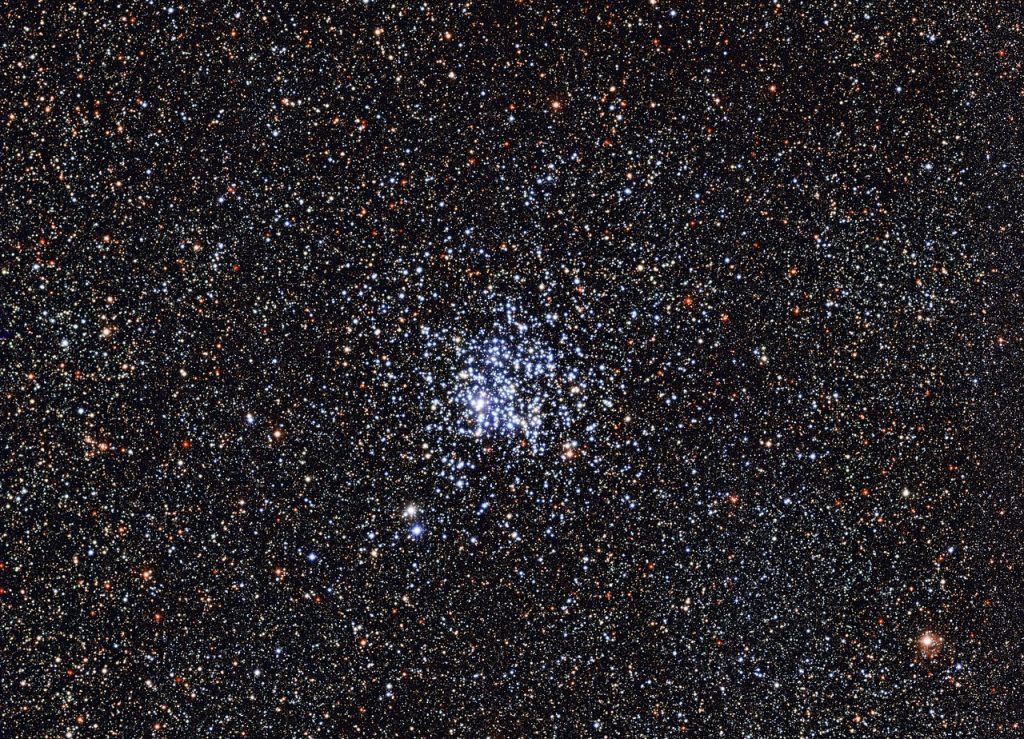Moon’s Move to Morning Sets a Solar Eclipse and Galaxy Season, Pons-Brooks Approaches Jupiter, and Planets Prance at Dawn
This simulated view of the April 8, 2024 solar eclipse from the vantage point of the sun shows the spherical moon’s round shadow cast upon the Earth at 18:16 Greenwich Mean Time (or 2:16 pm EDT). The motion of the moon will cause the shadow to complete its passage in several hours. We never see…
Read more

